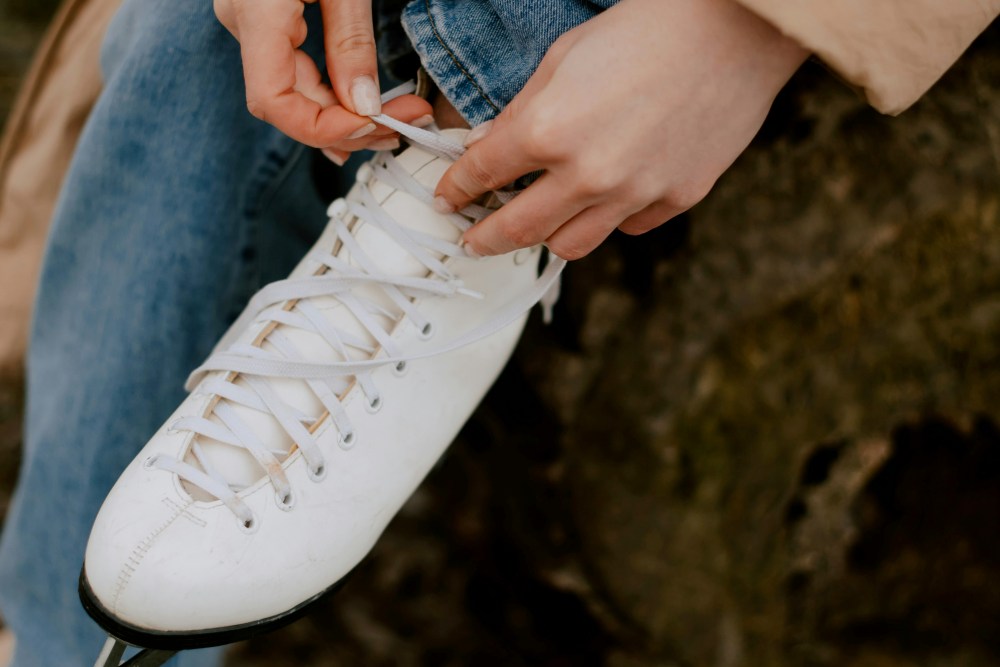
Ice skating is a fun and exciting winter sport that can be enjoyed by people of all ages. Whether you're interested in figure skating, ice hockey, or just skating for fun, learning the essential skills is the key to a safe and enjoyable experience on the ice. In this article, we'll discuss five essential skills for learning to ice skate.
Balancing
The first and most important skill for ice skating is balance and stability. Ice skating is all about finding your center of gravity and being able to maintain your balance on a slippery surface. To improve your balance and stability, start by practicing off the ice. Try standing on one foot and holding the position for as long as possible. Once you feel comfortable with one foot, try standing on the other foot. Repeat this exercise several times a day to build your core strength and improve your balance.
Gliding
Once you feel comfortable with your balance and stability, it's time to learn how to stride and glide on the ice. The stride is the basic movement for ice skating, and it involves pushing off with one foot while gliding on the other. To practice the stride, start by standing at the side of the rink with one foot on the ice and the other foot on the side. Push off with the foot on the ice and glide forward on the other foot. Repeat this motion several times until you feel comfortable with the movement.
Turning
Turning is an important skill for ice skating, as it allows you to change direction and avoid obstacles on the ice. To turn on the ice, start by leaning your body in the direction you want to turn. Next, shift your weight to the foot on the inside of the turn and lift the foot on the outside of the turn. Use the inside foot to guide the turn and glide on the outside foot. Repeat this motion several times until you feel comfortable with the movement.
Stopping
Stopping is another essential skill for ice skating, as it allows you to control your speed and come to a safe stop. To stop on the ice, start by turning your feet sideways and digging the inside edge of the blade into the ice. This will create friction and slow you down. Keep your knees bent and your weight centered over your feet to maintain your balance.
Falling/Getting Up
Falling is a natural part of learning to ice skate, so it's important to know how to fall safely and get back up. When you feel yourself losing your balance, try to crouch down and fall to the side, away from your skating partner and any obstacles on the ice. To get back up, start by turning onto your hands and knees. Place one foot flat on the ice and push off with the other foot to stand up. Keep your knees bent and your weight centered over your feet to maintain your balance.
Learning to ice skate takes time and practice, but with these essential skills, you'll be well on your way to enjoying this fun and exhilarating winter sport. Remember to always wear proper ice skating gear, such as a helmet and gloves, and to stay aware of your surroundings on the ice. With patience and persistence, you'll soon be gliding effortlessly across the ice.
MORE ON THE FLASH LIST
































